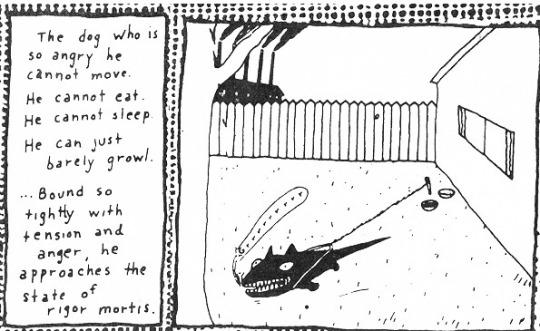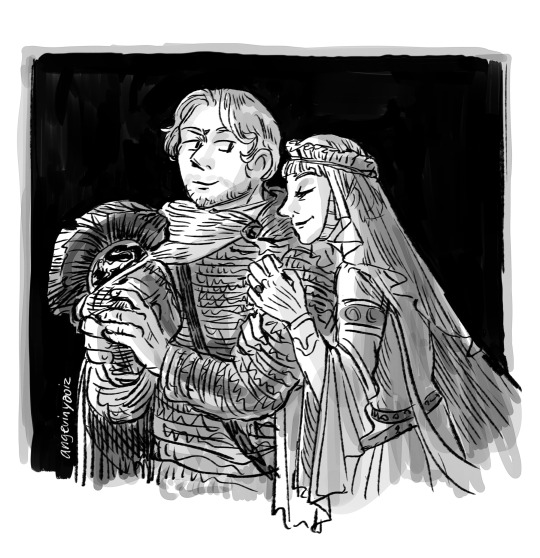Photo


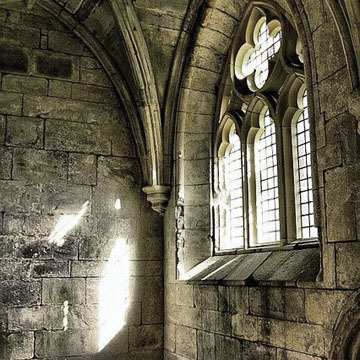

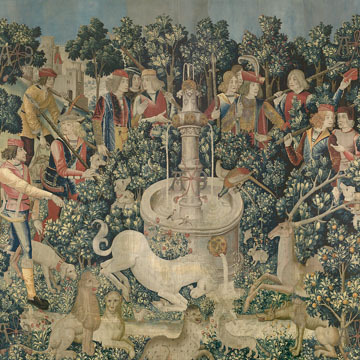



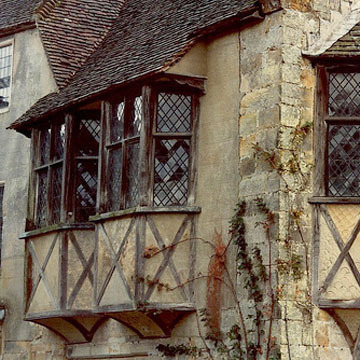
period moodboards: Medieval Period (requested by @lyannawinterfell)
svmer is icumen in
lhude sing cuccu
groweþ sed and bloweþ med
and springþ þe wde nu
7K notes
·
View notes
Text
“Women have played a prominent part in Celtic life, from the mother goddess and the pantheon of female deities down to a whole range of powerful historical female leaders, priestesses and Christian saints. Their role did not stop with the coming of Christianity but continued into medieval times among the insular Celts. […] a unique piece of ‘feminist’ literature emerges from 12th century Ireland in the form of the Banshenchas, a book on the genealogies of leading women. In fact, this could be claimed as the first European book about women in their own right.”
— from “The Celts” by Peter Berresford Ellis
(via worldofcelts)
702 notes
·
View notes
Photo
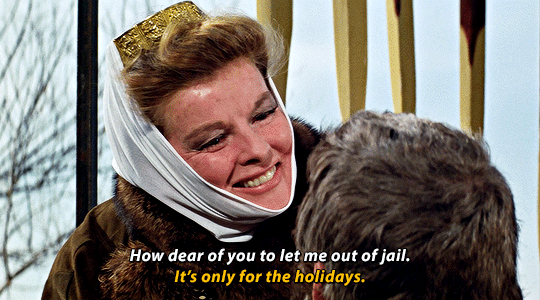

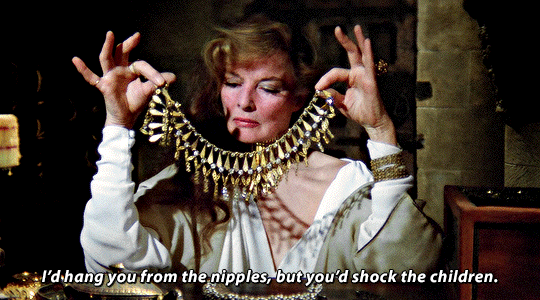

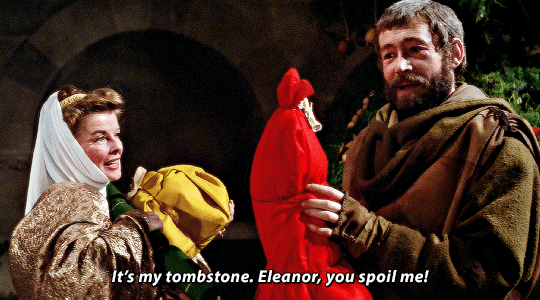




THE LION IN WINTER (1968) dir. Anthony Harvey
8K notes
·
View notes
Photo




francisco de goya, saturn devouring his son (1819-1823)
georges bataille, visions of excess: selcted writings (1927-1939)
michelangelo merisi da caravaggio, sacrifice of isaac (1598)
mirel wagner, dreamt of a wave (2014)
2K notes
·
View notes
Text
“Henry’s treatment of the Bretons was particularly harsh in 1166 and contributed to continuing animosities in the duchy. He treated the Bretons in 1166 the same way that his future great-grandson, Edward I, handled the Scots in 1296. In the midst of the Breton campaign in July 1166, Henry attended the translation of the relics of the Breton saint, St. Brieuc, at Angers. Although the relics had already been removed, the timing of this translation was very much in the interest of making the political statement that the Angevin King controlled this ancient symbol of Breton identity. Edward I would do the same in 1296 after the Battle of Dunbar by seizing the Black Rood of St. Margaret and the Stone of Destiny. Henry II and Edward I’s perceived dominance over these rulers and their peoples was intended to exploit and psychologically manipulate these quasi-sacred and national symbols of territorial lordship.”
— Melissa Pollock, The Lion, the Lily and the Leopard: The Crown and Nobility of Scotland, France, and England and the Struggle for Power (1100-1204)
3 notes
·
View notes
Text
Arthur I: Your honor, technically I don’t have to do what my uncle says because the law says that an overlord needs to have more land than his vassal.
King John:

32 notes
·
View notes
Text
“It is indicative of the will of English historians to always find reasons to clear the Anglo-Norman sovereigns of their bad actions against Brittany. Indeed, at the beginning of his argument, John Gillingham does not hesitate to assert that Richard’s desire to seize Arthur met his objective of increasing his hold on Brittany, which is perfectly correct. By kidnapping the Duchess to force her to hand Arthur over to him, what she had previously refused, the king of England was out of legality. His action justified that the Breton nobility went to seek the help of Philippe Auguste. But, to give an illegal framework to this initiative and to justify the violent campaign of Richard in Brittany which will follow, John Gillingham suggests that it was perhaps not on Richard’s orders that Ranulph of Chester had kidnapped his wife. This is to suggest that it is the Bretons who breached legality, and to justify the enterprise of destruction of the duchy that will follow. Let us recall that before this campaign, an agreement had been found between the Breton nobility and Richard, which the latter will not respect. Thus, despite the illegal nature of Constance’s imprisonment for having wanted to keep her son with her and while as an obedient vassal, she had surrendered to the summons of her lord (not to mention the breach of the word given by Richard who refused to release her when an agreement had been reached), John Gillingham suggests that it is the Bretons who bear the responsibility for the continuation of the dramatic events which shook the duchy.”
— Eric Desbordes, Constance de Bretagne (1161-1201): Une Duchesse face à Richard Coeur de Lion et Jean-sans-Terre
7 notes
·
View notes
Text
“It was, however, Gerald of Wales who set the Young King within a still darker and more distorting picture of Henry II and his family in his “De principis instructione”, a work begun in the 1190s but not completed until 1218, by which time Gerald was seeking the favour of the Capetians. By then deeply embittered by his failure to gain the ecclesiastical preferment he believed he deserved, Gerald sought to portray the Angevins as a uniquely dysfunctional family. As he has Count Geoffrey of Brittany say, ‘It is our own basic nature, planted in us as if by hereditary right from both our close and our distant ancestors, that none of us should love the other, but that always brother should fight against brother, and son against father’. Henry II himself is depicted as a king who moved from excessive love for his children to deep hatred of them, for ‘this had been the perverse nature of King Henry, that, with all his power, he excited and perpetuated quarrels between his sons, hoping from their discord to gain peace and quietness for himself’. This inbred hostility was, argued Gerald, the result of a corrupted lineage; not only was Henry II’s marriage to Eleanor ‘adulterous’, but Henry’s own father Geoffrey le Bel had, he alleged, had sexual relations with her, while Eleanor’s own infidelities to both Louis VII and Henry II were notorious. The dynasty was thus a blighted and doomed one.”
— Matthew Strickland, Henry the Young King, 1155-1183
6 notes
·
View notes
Note
You're a slut, you're a whore, you're a dick, you're a bitch
and with your help i could be president too
12K notes
·
View notes
